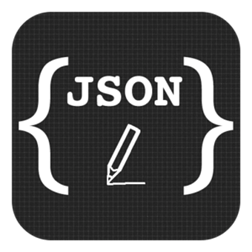

Today it’s time to conclude our series of PostgreSQL Data Types articles with a recap. The series cover lots of core PostgreSQL data types and shows how to benefit from the PostgreSQL concept of a data type: more than input validation, a PostgreSQL data type also implements expected behaviors and processing functions.
This allows an application developer to rely on PostgreSQL for more complex queries, having the processing happen where the data is, for instance when implementing advanced JOIN operations, then retrieving only the data set that is interesting for the application.

Continuing our series of PostgreSQL Data Types today we’re going to introduce the PostgreSQL Point type.
In order to put the Point datatype in a context where it makes sense, we’re going to download a complete geolocation data set and normalize it, thus making good use of both the normalization good practice and those other PostgreSQL data types we’ve been learning about in the previous articles of this series.
Buckle-up, this is a long article with a lot of SQL inside.

Continuing our series of PostgreSQL Data Types today we’re going to introduce the PostgreSQL ENUM type.
This data type has been added to PostgreSQL in order to make it easier to support migrations from MySQL. Proper relational design would use a reference table and a foreign key instead.

Continuing our series of PostgreSQL Data Types today we’re going to introduce the PostgreSQL JSON type.
PostgreSQL has built-in support for JSON with a great range of processing functions and operators, and complete indexing support. The documentation covers all the details in the chapters entitled JSON Types and JSON Functions and Operators.
